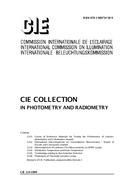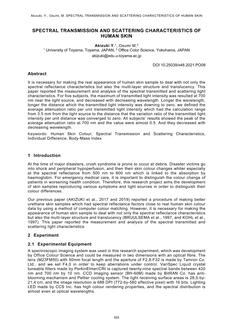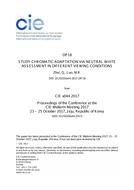Click here to purchase
Lighting to enhance alertness or sleep quality, to reduce desynchronisation of the circadian rhythm or to treat seasonal affective disorder is generally realised with electric lighting, even though daylight can be very effective in inducing these so called non-image forming (NIF) effects. Relevant characteristics of lighting conditions for NIF effects are the amount, the origin and the correlated colour temperature of the light, as well as duration and timing. Daylight offers high lighting levels during the day, a strong bluish component in its spectrum and an appropriate direction of the light due to the position of windows in a facade. Current daylight design usesmetrics that are insufficient in showing the potential of daylight to induce NIF effects. This paper shows a differentiated characterisation of daylight provision using spectral information of many sky patches and the quantification of daylight direction.
Product Details
- Published:
- 10/23/2017
- Number of Pages:
- 12
- File Size:
- 1 file , 1.3 MB


